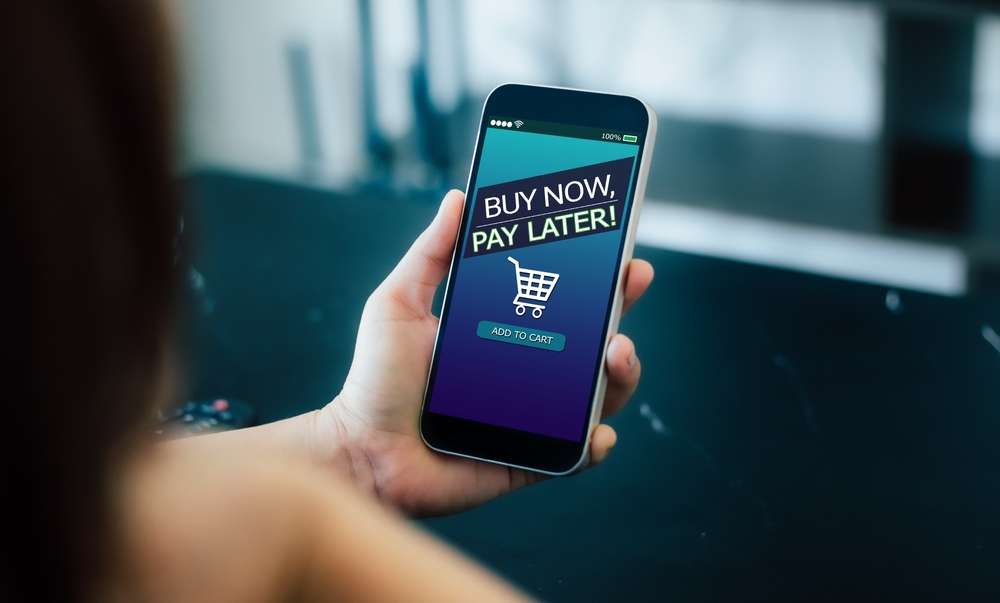Implementing secure, frictionless payment flows across borders
Cross-border payment flows require a balance of security, local payment options, and smooth user experience. This article explains practical steps for ecommerce and retail businesses to reduce friction at checkout, support multiple currencies and comply with regional requirements while protecting against fraud.

Cross-border commerce introduces multiple payment frictions: currency conversions, local compliance, differing fraud patterns, and varied customer expectations. Implementing payment flows that feel local yet remain secure requires combining technical integrations, careful UX design, and operational coordination across payments, fulfillment, and analytics. The goal is higher conversion without sacrificing compliance or exposing customers to undue risk.
ecommerce checkout design
A well-designed checkout reduces cart abandonment and supports conversion across regions. Keep forms compact, display local currency and clear totals early, and minimize required fields on mobile. Offer guest checkout and preserve stored cart contents when users change language or currency. Integrate visible trust indicators and payment badges to reassure shoppers, and surface relevant discounts or coupons dynamically to improve perceived value without complicating the path to purchase.
payments and fraud prevention
Supporting local payment methods — cards, wallets, and alternative methods — increases authorization rates. Tokenization and PCI-compliant gateways reduce the burden of storing card data while enabling one-click experiences. Layer fraud controls: device fingerprinting, velocity checks, AVS/CVV validation, and machine-learning scoring from reliable providers. Balance stricter checks with fallback experiences (e.g., step-up authentication) to avoid false declines that harm conversion and customer trust.
localization and currency handling
Localization goes beyond language: ensure currency formatting, tax and duty estimates, and legal disclosures match local expectations. Show prices with taxes included when required, and clarify delivery windows using local units and timezones. Offer clear currency conversion information and the option to pay in a shopper’s local currency to reduce surprise declines. Coordinate with payment providers that support settlement in preferred currencies to simplify reconciliation and reduce FX exposure.
mobile checkout and personalization
Mobile traffic often represents a majority of sessions; optimize the cart and checkout for small screens and touch interactions. Use progressive disclosure to keep interfaces uncluttered and employ saved payment tokens and biometric flows where permitted. Personalization can increase conversion: recommend relevant discounts or fulfillment options based on location, past behavior, and device. Ensure personalization respects privacy regulations and avoids showing inaccurate prices or unavailable coupons.
fulfillment, logistics, and taxes
Payment flows must be closely tied to fulfillment and logistics so customers see accurate shipping costs and timelines before completing checkout. Integrate shipping API estimates early in checkout and provide clear options for duties and import taxes. For retail brands expanding internationally, consider local warehousing or distributed fulfillment to shorten delivery times and reduce cross-border shipping costs. Communicate refund, returns, and warranty policies clearly, as these affect payment disputes and customer satisfaction.
analytics, SEO, and measurement
Track checkout funnel events, authorization rates by payment method, and post-purchase metrics to identify friction points and regional differences. Use analytics to test messaging around discounts, coupons, and shipping to see what improves conversion. Ensure the public-facing purchase funnel remains crawlable where appropriate for SEO, but keep sensitive flows secure. Regularly review payment provider dashboards and reconcile with backend analytics to spot discrepancies or fraud patterns early.
Implementing secure, frictionless payments across borders is a continuous process that spans product, engineering, legal, and operations teams. Start with a prioritized list of local markets and payment methods, run experiments to measure conversion impact, and iterate on fraud rules to reduce false declines. Maintaining alignment between payments, fulfillment, localization, and analytics helps create a cohesive experience that supports both customer trust and business efficiency.





